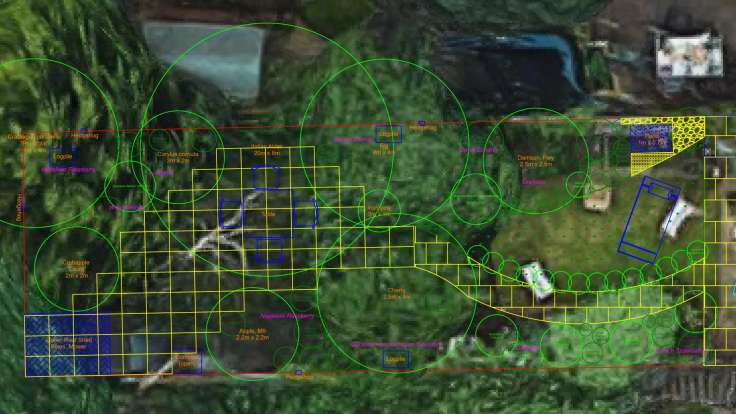
The ‘Green Room’, an urban small forest garden design
A bird’s eye view of my approach to designing a forest garden, in the form of a slideshow and screencast
I’ve been asking friends and colleagues for feedback about what would make a good online course for forest gardening. Not only has this been an excellent excuse to catch up via a video call with some lovely people, it has also been really educational.
What is striking is the desire for the process to be simplified, clearing a path so that people can feel comfortable learning to get started. This doesn’t mean simplifying gardening, rather it means making it more accessible.
So, I made a 10 page slideshow to help my friends out called Forest Garden Overview, think of it as an aerial view!

The native Hawthorn is a fantastic wildlife tree, habitat and food source
If that’s TL;DR, then here’s the content summarised even more:
- Useful - plants that are useful to humans and other life forms!
- Native - native plants are generally better for native wildlife
- Aspect - figure out the orientation of your garden
- Soil - find out your soil type
- Structure - think in layers when designing your garden
- Choosing plants - two great websites for helping you choose plants PFAF and RHS
If the slideshow’s not enough for you, I made my first ever screencast, 20 minutes long, explaining the presentation (please note, unshaved & unedited, with lots of “ums” in!)
As you can probably gather by now, I’m as interested by wildlife gardening as by forest gardening, indeed, I believe they are mutually compatible. By gardening with someone else in mind, we start gardening for everyone 🙂